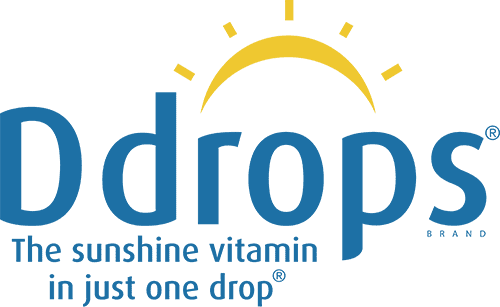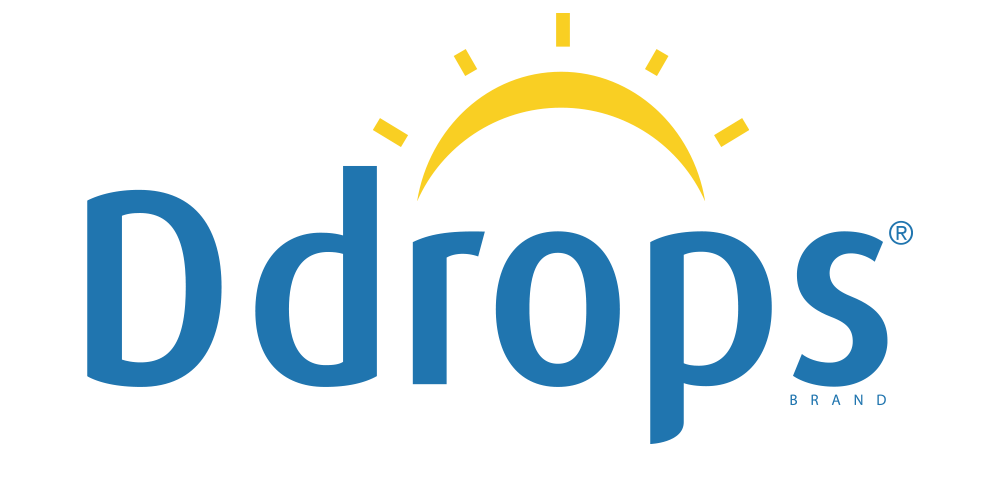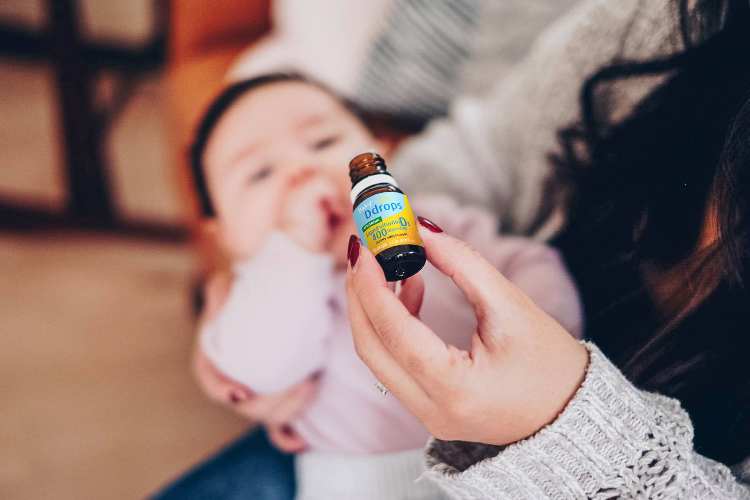February 13, 2016
Ddrops® is made with only two high-quality ingredients. The base for all of our liquid vitamin D supplements is fractionated coconut oil (that has been removed from the proteins and potential allergens). Since fractionated coconut oil has an extremely long shelf life, stability, as well as rancidity-resistant properties, our Ddrops® products do not contain any preservatives. The only other ingredient is high-grade vitamin D3.
The vitamin D3 in our Ddrops® liquid supplements starts as lanolin (the oil obtained from sheep and lamb’s wool). The lanolin is exposed to ultraviolet light which activates the cholesterol, breaks it down which then turns into the source of vitamin D3. This gets purified and used for vitamin D supplements.
There is no trace of lanolin in Ddrops® products and thus there is a very limited risk of a lanolin-associated allergic reaction. While vitamin D started as lanolin, it is reacted (I.e., undergoes a fundamental chemical change), purified, and tested multiple times to ensure that it is pure and free from lanolin.
Although Ddrops® brand vitamin D3 is an animal-sourced product, the animal is not harmed during this process. This means that Ddrops® products are suitable for lacto-ovo vegetarians. Cutting or shaving the wool off of a lamb or sheep is called shearing. Shearing doesn’t hurt the sheep…. it’s just like us getting a haircut. Sheep are usually sheared once per year and it is in the spring before the onset of warmer weather. Sheep with long fleece are sometimes sheared up to twice a year. Shearing makes them more comfortable during the hot summer months and also keeps the fleece cleaner.
All of our Ddrops® products do not contain the most common allergens and are free from corn, dairy, eggs, fish, gluten, lactose, peanuts, shellfish, wheat, yeast, preservatives, artificial colouring and/or flavours, making them great for the whole family!
Looking for information about our Vegan Ddrops®? They contain vitamin D2 which is not an animal source.
Click here to learn more about the differences between vitamin D3 and vitamin D2.




1 comment
Roseann Porcelli
So if your child has a tree nut allergy or is allergic to animal dander is lanolin animal dander ?
Leave a comment
This site is protected by hCaptcha and the hCaptcha Privacy Policy and Terms of Service apply.